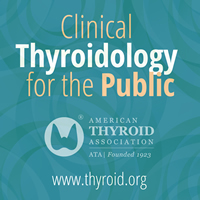Objectives
Surgical repair of persistent tracheocutaneous fistula in children may be complicated by tracheal air leak with resultant subcutaneous emphysema, pneumomediastinum, and/or pneumothorax. We first sought to identify clinical risk factors for postoperative complications after primary repair of persistent tracheocutaneous fistula in children. Second, the type and frequency of complications in patients administered positive airway pressure ventilation (e.g., bag‐valve mask ventilation, continuous positive airway pressure [CPAP], or bilevel positive airway pressure [BiPAP]) postoperatively was determined and compared to a control population.
Methods
This was a retrospective investigation of all pediatric patients (n = 108) undergoing surgical repair of persistent tracheocutaneous fistula from January 2000 and April 2016 at a tertiary, academic referral center. Type and frequency of postoperative complications were compared among patients who were administered positive airway pressure ventilation postoperatively versus those who were not.
Results
Of 108 pediatric patients, complications after tracheocutaneous fistula repair occurred in 22 (20.4%) patients. These included symptoms of respiratory distress requiring intervention (e.g., supplemental O2, racemic epinephrine, intubation), subcutaneous emphysema, pneumomediastinum and/or pneumothorax, bleeding, wound infection, and readmission. Frequency of all postoperative complications was significantly higher in patients administered positive airway pressure ventilation versus those who were not (50.0% vs. 16.7%, P = 0.015), as were rates of subcutaneous emphysema, pneumomediastinum, and/or pneumothorax (33.3% vs. 4.2%, P = 0.005).
Conclusion
Positive airway pressure ventilation after primary repair of persistent tracheocutaneous fistula in children may increase risk of serious respiratory complications. In practice, we advocate for avoidance of bag‐valve mask ventilation and caution when utilizing CPAP or BiPAP postoperatively in these patients.
Level of Evidence
4. Laryngoscope, 2019
http://bit.ly/2FUEytF



